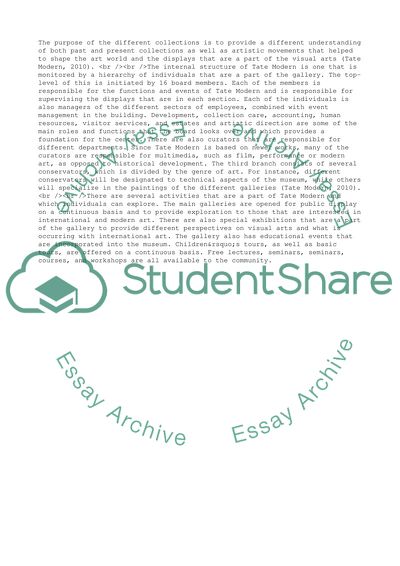Cite this document
(Arts and Heritage Management in the UK Term Paper, n.d.)
Arts and Heritage Management in the UK Term Paper. Retrieved from https://studentshare.org/management/1737451-arts-and-heritage-management
Arts and Heritage Management in the UK Term Paper. Retrieved from https://studentshare.org/management/1737451-arts-and-heritage-management
(Arts and Heritage Management in the UK Term Paper)
Arts and Heritage Management in the UK Term Paper. https://studentshare.org/management/1737451-arts-and-heritage-management.
Arts and Heritage Management in the UK Term Paper. https://studentshare.org/management/1737451-arts-and-heritage-management.
“Arts and Heritage Management in the UK Term Paper”. https://studentshare.org/management/1737451-arts-and-heritage-management.


